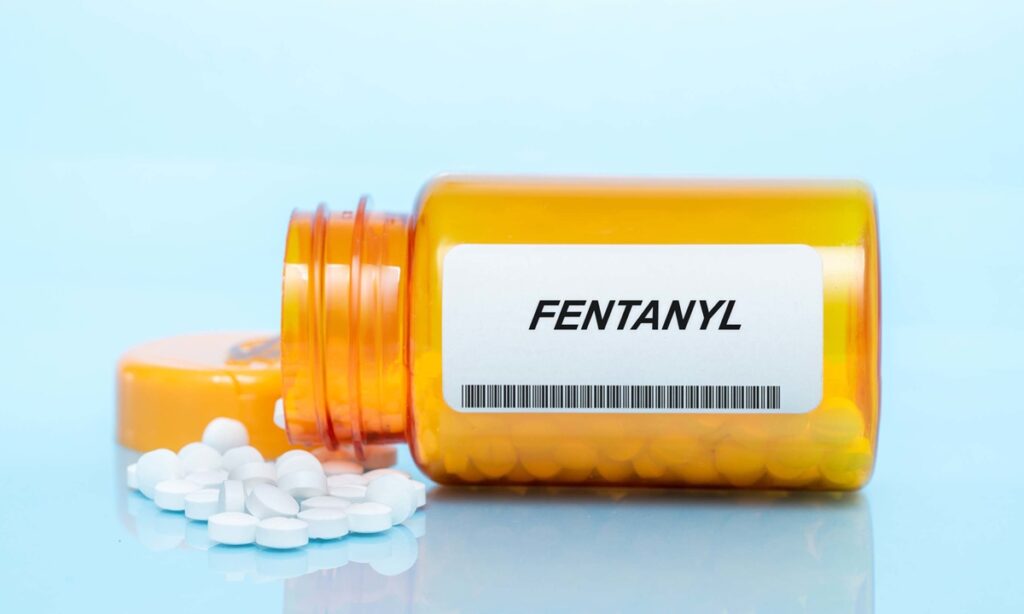On January 28, a senior US official revealed that the first joint counternarcotics working group meeting would take place in Beijing on January 30. The focus of the discussions will be the issue of effectively reducing the flow of precursor chemicals that fuel the manufacture and distribution of synthetic drugs, including fentanyl, which has been a long-standing concern for the US. The official said the working group will provide “a platform for ongoing coordination to support concrete enforcement actions,” and referred to it as a “critical and pivotal moment.” Establishing the China-US Counternarcotics Working Group is one of the outcomes of the summit in San Francisco between the top leaders of the two countries. It is widely believed in the US public opinion that there has been a noticeable increase in high-level communication and engagement between China and the US since the summit in San Francisco, indicating a warming trend in bilateral relations. It can be said that the cooperation between the two countries in combating drugs is one positive aspect of the increased communication.
Before the joint meeting takes place, there has been a relatively positive expectation from the US public opinion regarding its outcome, something not commonly observed in recent years. On one hand, the overall atmosphere between China and the US has maintained a stable and upward trend since the San Francisco summit. Communication in various aspects is following the blueprint outlined in the “San Francisco vision,” with some long-standing issues gradually being resolved. This has provided the public with a more confident basis for expecting practical solutions to be reached between the two countries. On the other hand, the more the US perspective on China and bilateral relations shifts toward rationality, the more it will feel the weight of China’s responsible attitude in handling the relationship between the two countries.
The US is seeking cooperation with China to jointly address its fentanyl issue, but the process has taken a considerable detour. The US initially attempted to force China through aggressive confrontation and extreme pressure, imposing sanctions on Chinese companies and launching a media campaign that unfairly smeared China with baseless accusations. These actions, together with other attempts to contain China, completely disrupted the atmosphere of cooperation between the two countries. The cost and lessons learned from such actions by the US are profound. Valuable time and energy that could have been used to address the problem have been wasted.
Drugs are a public hazard to humanity, and China has always had a “zero tolerance” attitude toward drugs. The intensity of the fight against drugs has never fluctuated because of changes in China-US relations. The control of fentanyl-like substances represents an unprecedented practice in China’s drug control regulations and is a concrete manifestation of China’s commitment to global drug control. Since China implemented the classification-based control of fentanyl-like substances on May 1, 2019, China has taken a series of effective measures, playing an important role in preventing the illegal production, trafficking, and abuse of such substances. These efforts have been fully recognized by the international community.
China’s commitments are always followed through. From the reactions of the US media and public opinion, it is clear that many people understand the situation. Some US experts have warned that excessive focus on the supply side and solely attempting to restrict the entry of drugs from abroad may backfire, as traffickers will always find alternatives. US netizens are more straightforward, saying that the US “has not done enough to reduce the demand,” while “blaming the Chinese is much easier.” From cocaine and heroin to fentanyl, “the US has been playing a game of whack-a-mole domestically and internationally for 50 years,” yet drugs can still be found on any street corner. In short, China-US cooperation in drug control is of great significance, but for the US, it is ultimately an external factor. To rescue American society from the crisis of drug and substance abuse, it ultimately relies on the US itself.
In the 45 years since the establishment of diplomatic relations between China and the US, the fentanyl issue is a new problem. However, we still cannot understand why so much emotion has been directed toward China, when it is clearly a problem caused by drug abuse and inadequate regulation within the US. This can only indicate that it is the result of the US’ habitual blame-shifting mind-set. How did the fentanyl issue arise? How did the US handle and respond to it? And how did it end up on the negotiation table between China and the US? The entire process forms a big circle, resembling a microcosm of the China-US relationship in recent years, leaving behind many lessons and reflections.
For China, fentanyl itself is not a major issue, but for the US, it threatens the lives of nearly 100,000 people every year. China sympathizes with the pain suffered by the American people due to fentanyl and has shown sufficient sincerity and efforts to help the US resolve the crisis. This action is taken with the overall picture of China-US relationship in mind. Hopefully, in the future, when dealing with China-US relations, the US can also adopt a more empathetic approach, like China, and extend it beyond the fentanyl issue to all aspects of the bilateral relationship.
(Global Times)




